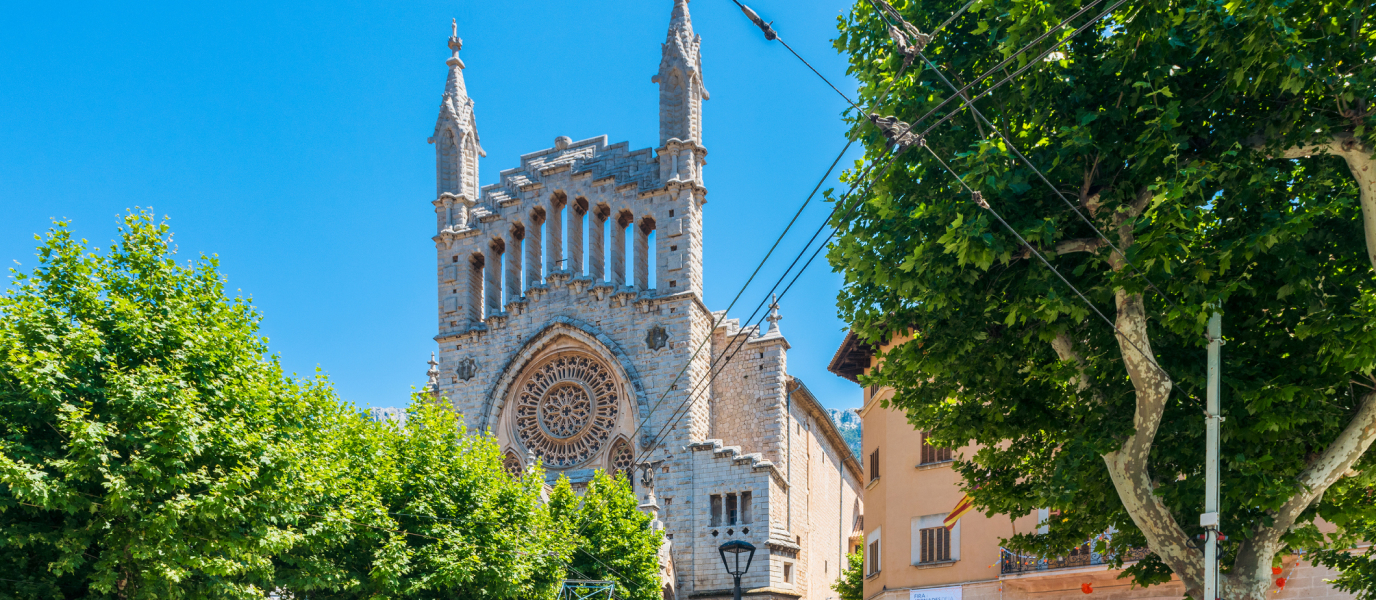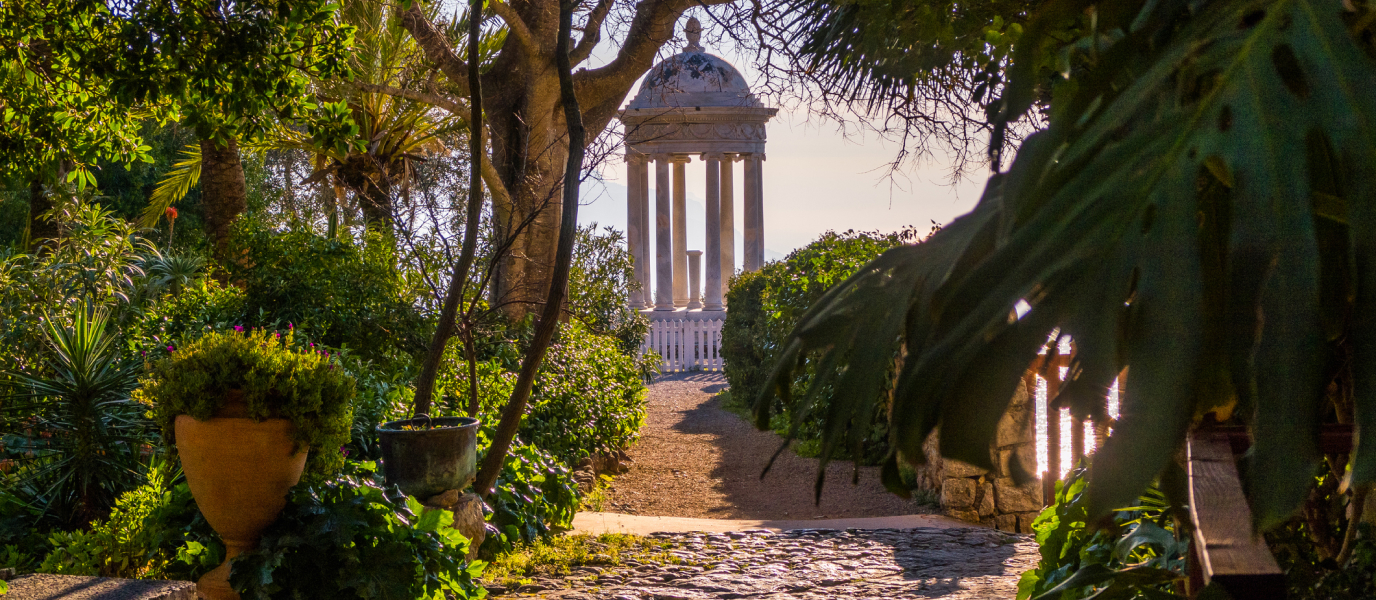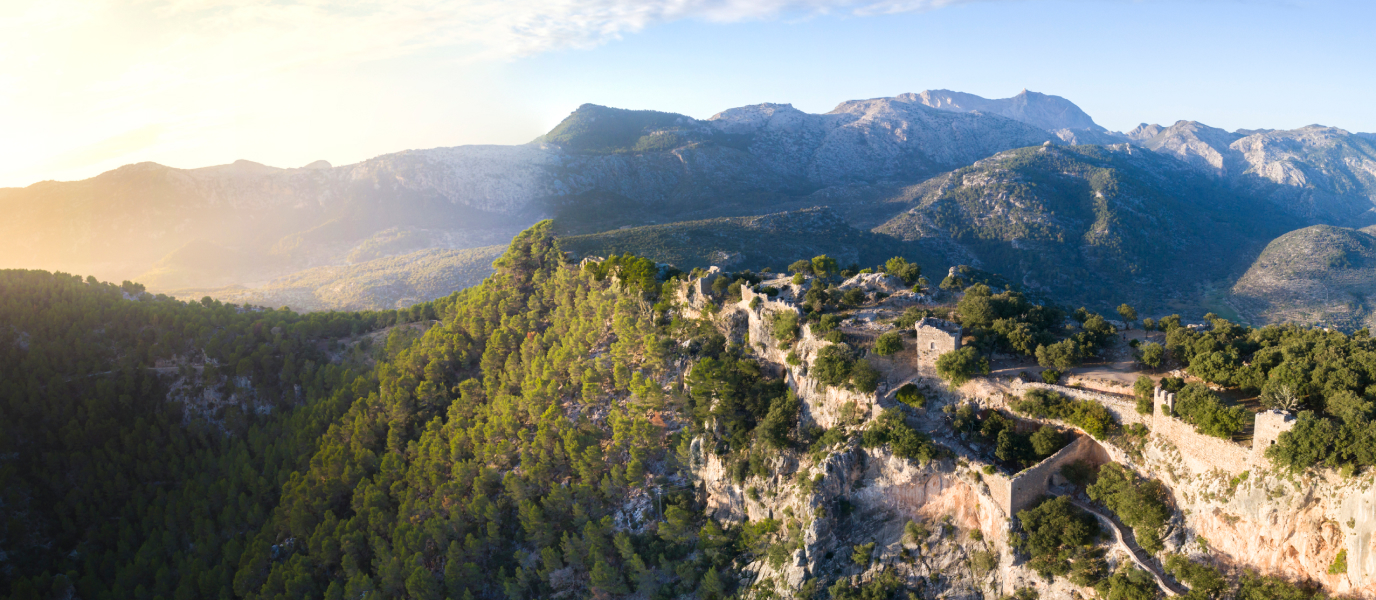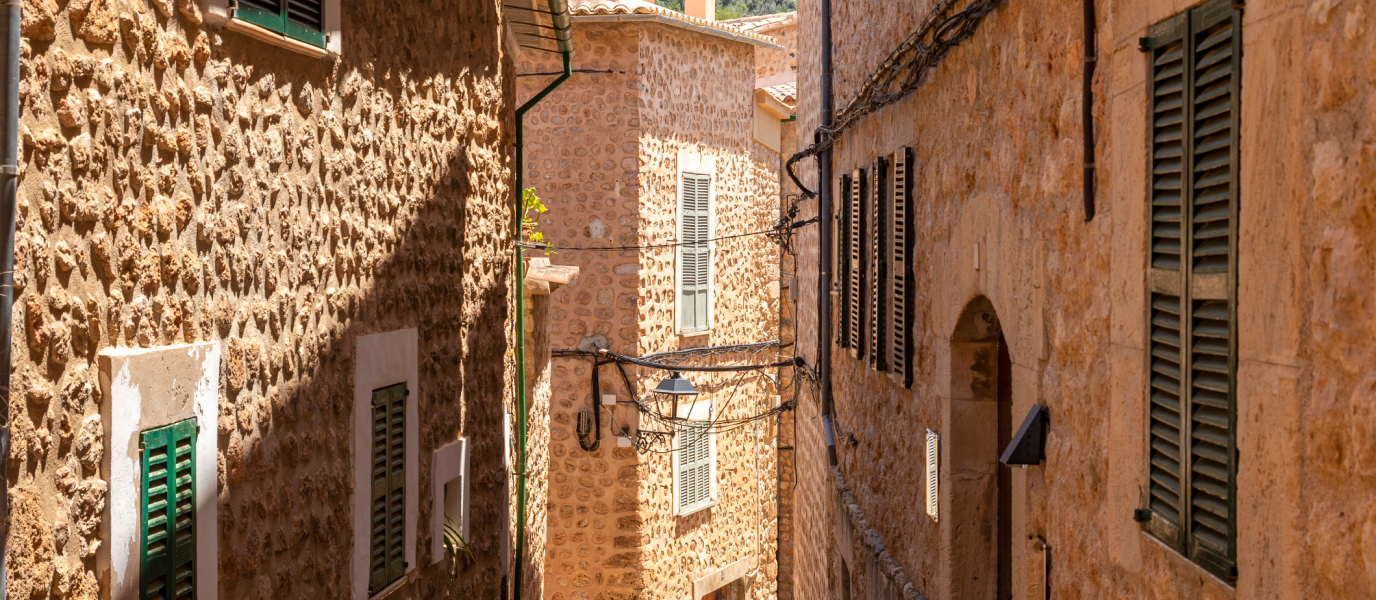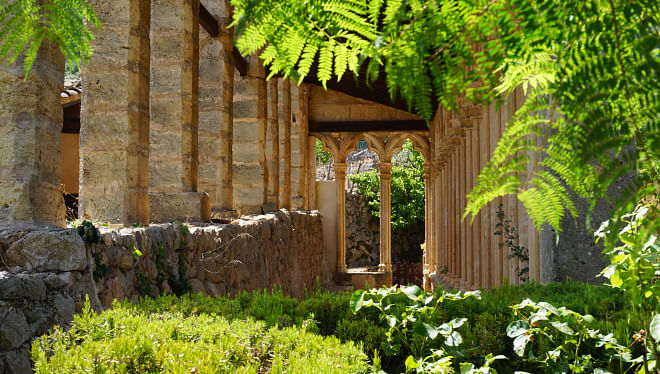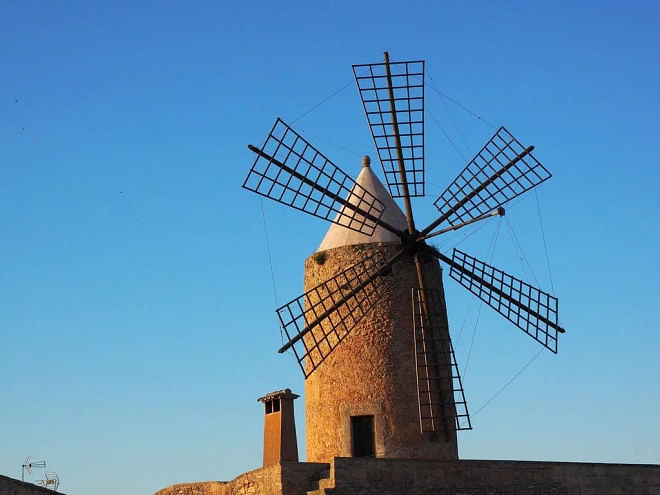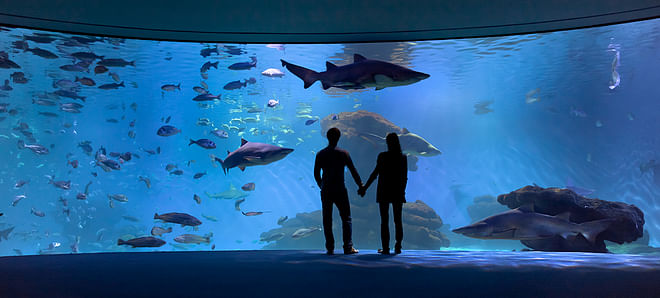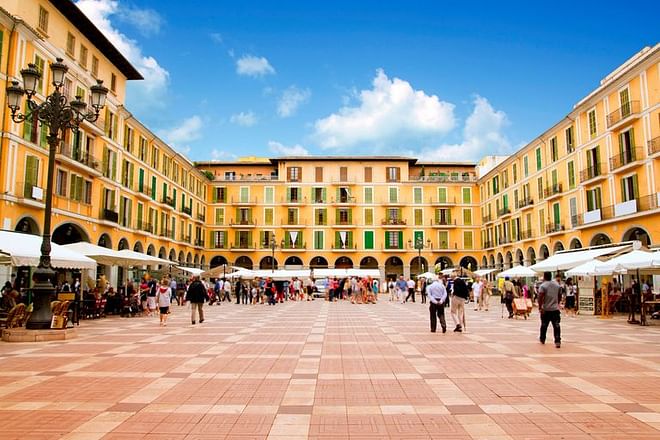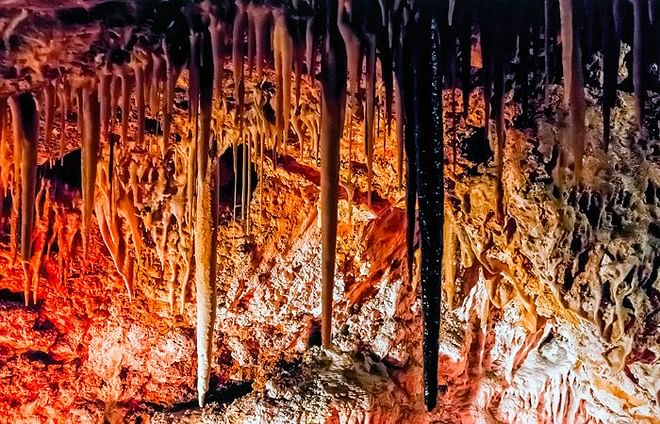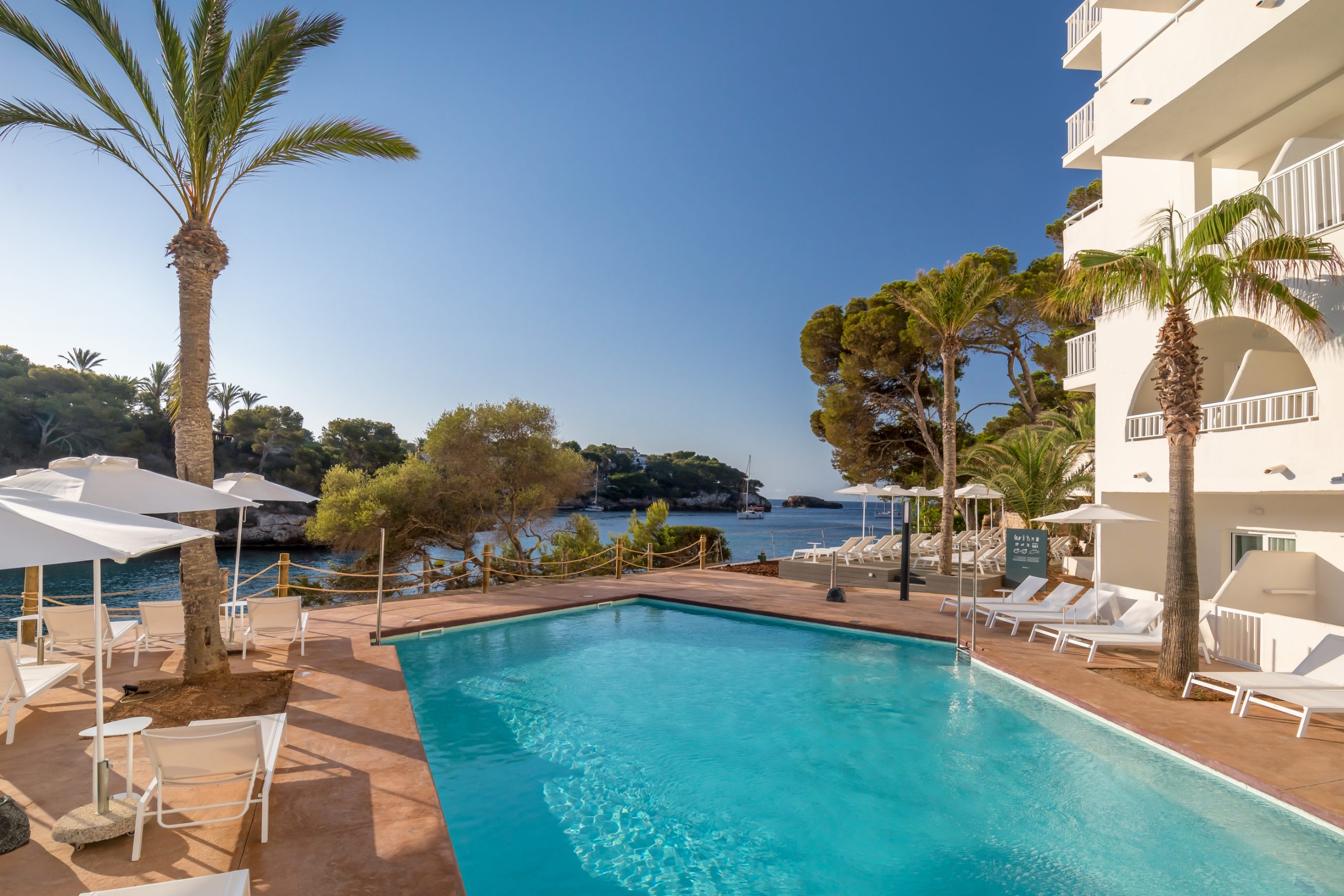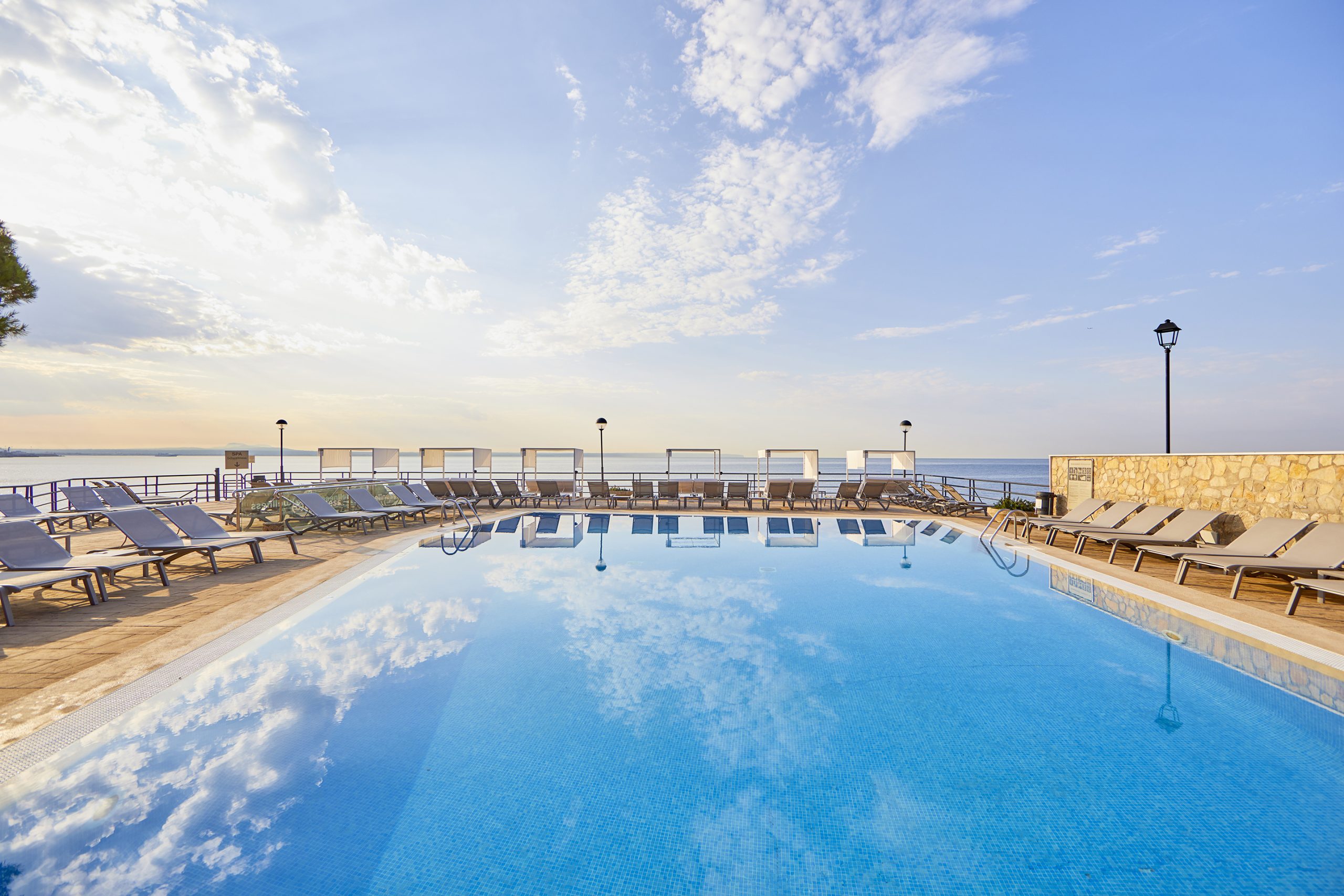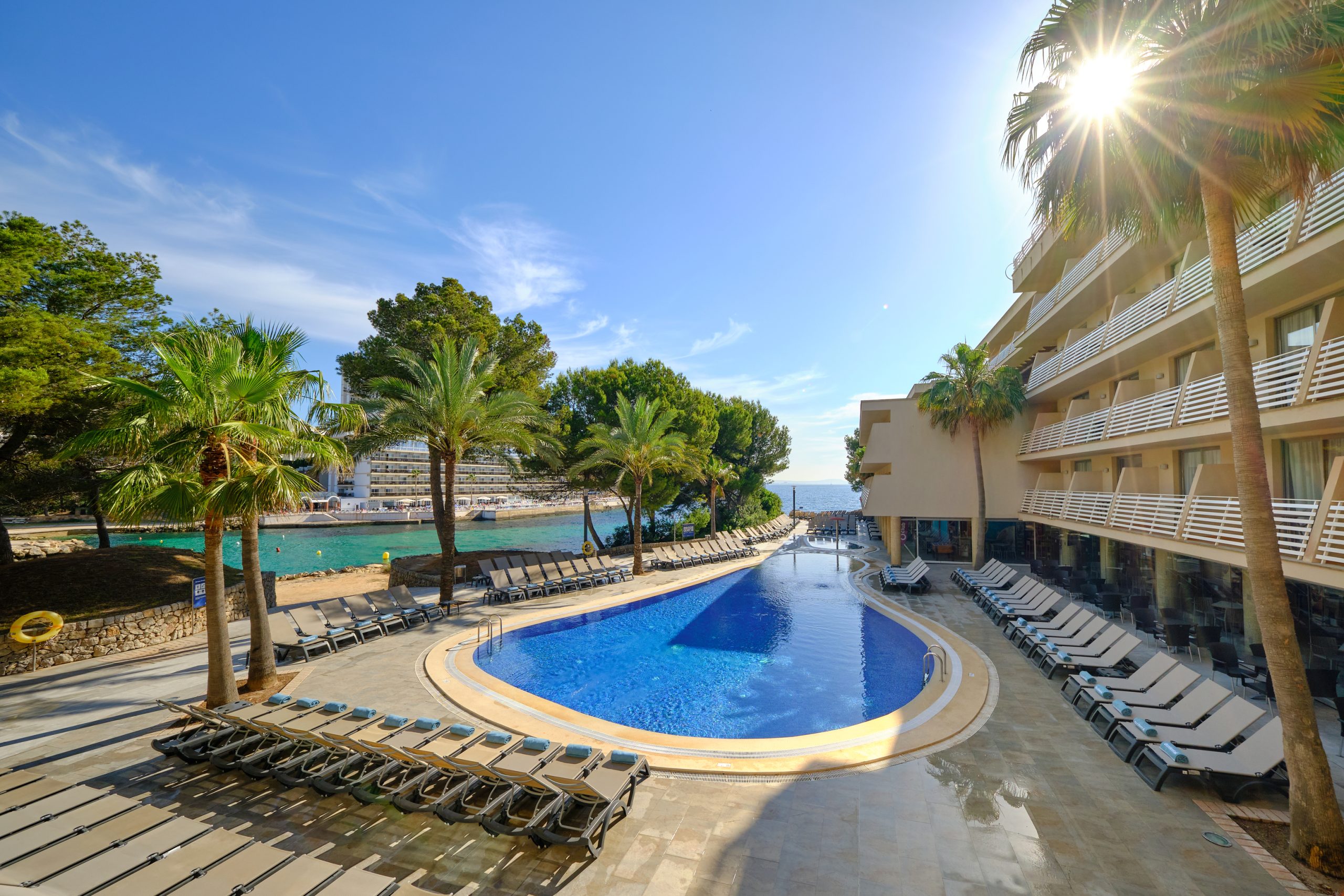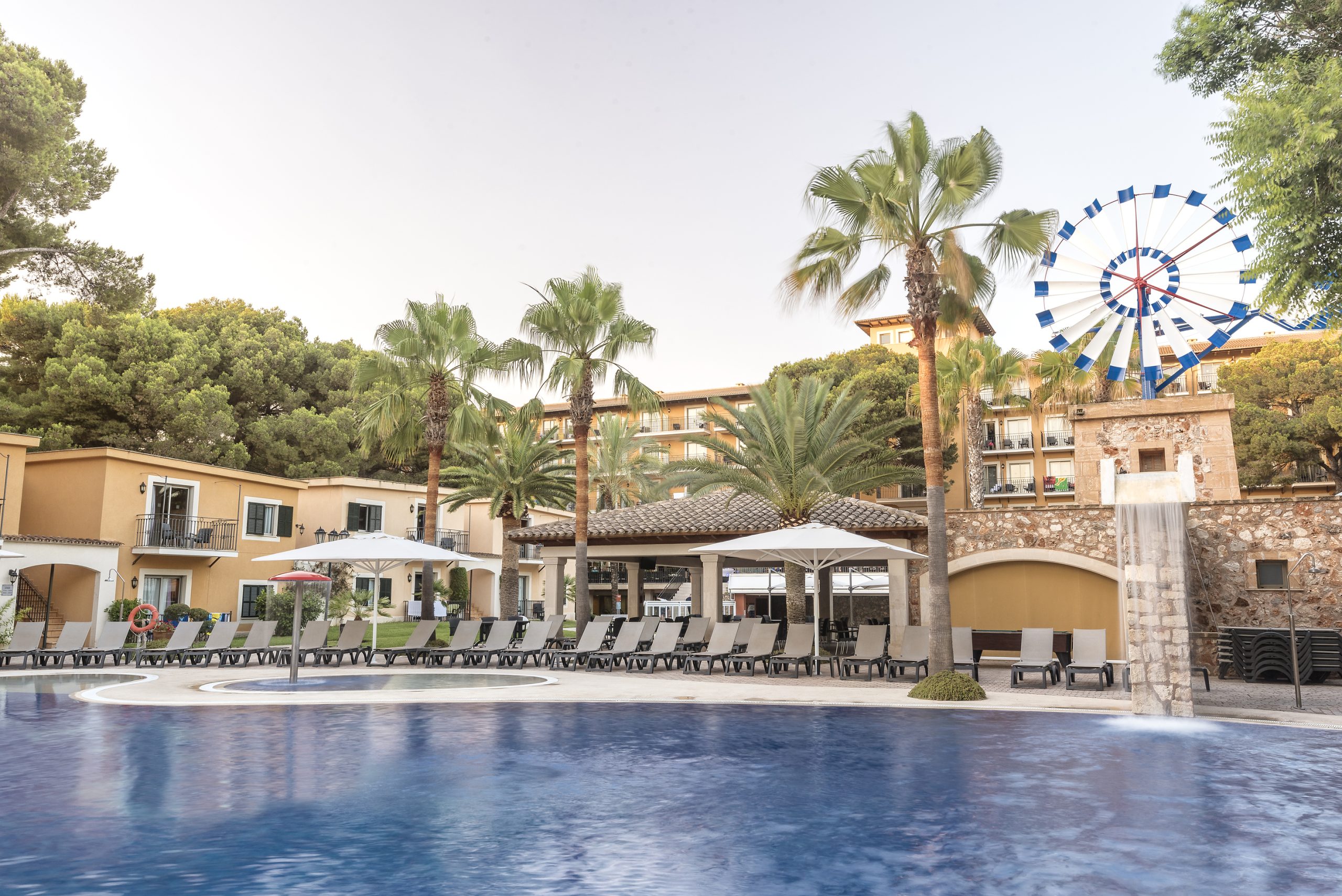The island of Majorca is characteristically calm, but once aboard the Soller train, unexpected heights are reached. This century-old railway, which departs from the Majorcan capital city, enters the lush green Tramontana mountain range, before reaching the northern town from which it gets its name. The train dates back to 1912 — the year of its inauguration — , in a time when travelling between Palma and Soller required crossing a steep and narrow bridle path. Today, all that remains of this path are the towns and inns that served as rest stops for travellers. The wild and dreamy landscape extending over the 27-kilometre long route also remains, transporting passengers back to early 20th-century Majorca.
And as a finishing touch for this journey back in time, once in the village of Soller, it is possible to transfer to the Soller tram, a line that was inaugurated in 1913, connecting the village to the Port of Soller and its incredible sandy beaches, in a partially coastal, 5-kilometre route.
A virtual excursion aboard the Soller train
Until the train’s inauguration, the village of Soller, situated in a valley of the Tramontana mountain range, had been isolated from the rest of the island. Some ancient film recordings, captured by a Majorcan entrepreneur, reveal the moment of the railway line’s inauguration and the entire journey to the Port of Soller.
Today, the route remains quite unchanged. Although its original function as a means of transport for agricultural products has been replaced by its claim as a tourist attraction, what makes this railway path unique is the special site where it travels. It begins at the Palma station, in the centre of the capital city, and over the hour-long ride, it serves as a moving showcase of a Majorcan landscape that is quite unknown to the sun and beach tourists: the Majorcan interior. Here, fields of almond, pine and olive trees are interspersed with ancient estates – called ‘possessions’ – , while the Sierra de Tramontana and its rocky peaks open up before the locomotive.
Along the way, the train makes stops in the towns of Son Sardina and Bunyola; it passes through several tunnels and viaducts, including the lovely Els Cinc Ponts. And just after passing through the last tunnel on the route, the village of Soller appears, surrounded by lush green orange groves in the valley boasting the same name.
Once reaching the Soller station, Can Mayol, it is possible to visit permanent exhibitions of Miró and Picasso, or to transfer to the Soller tram. Over a 5-kilometre route with fourteen stops along the way, the ancient tram reaches the Port of Soller, a natural semi-circular port where visitors are tempted to sample the delicious red shrimp.
A quick trip through Soller (and its port)
While the train journey in itself makes the trip worthwhile, the enchanting village of Soller is the icing on the cake. Situated in the northwest coast of the island of Majorca, this town offers numerous attractions to visitors. The train station itself, decorated in Art Deco style, was previously an ancient fortified 17th-century property.
The village’s central square, the plaza de la Constitución, hosts both historic buildings such as the San Bartolomé church, and modernist buildings, like the Banco de Soller, creation of Catalan architect Juan Rubio.
On nearby streets, it is possible to visit the Casa Magraner – or Can Prunera, in Majorcan – , a monumental mansion from the early 20th century that currently serves as the headquarters of a museum of modern art.
The Port of Soller, one of the seven population centres into which the town is divided, offers visitors the opportunity to enjoy its lovely beaches. From the sand, they can see the Torre Picada, a watchtower that recalls the attack by Algerian corsairs, which the village heroically fought off in the mid-16th century. Every May, the so-called Firó festival is held, the largest celebration of Soller, in honour of these ancient battles.
That said, in both the centre of Soller and its Port, gastronomy is an imperative. From its ensaimadas — plain or filled —, to its freshly squeezed orange juice, it is always a good time to visit one of the many shops and restaurants. Especially on Saturdays, when the village market takes over the central square.

























































